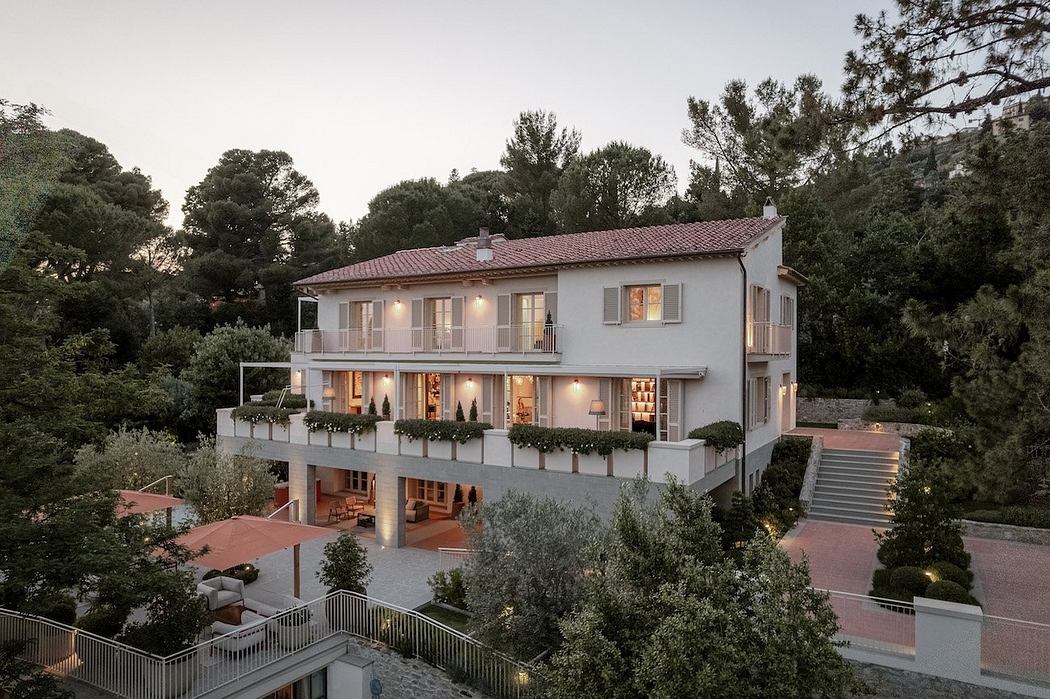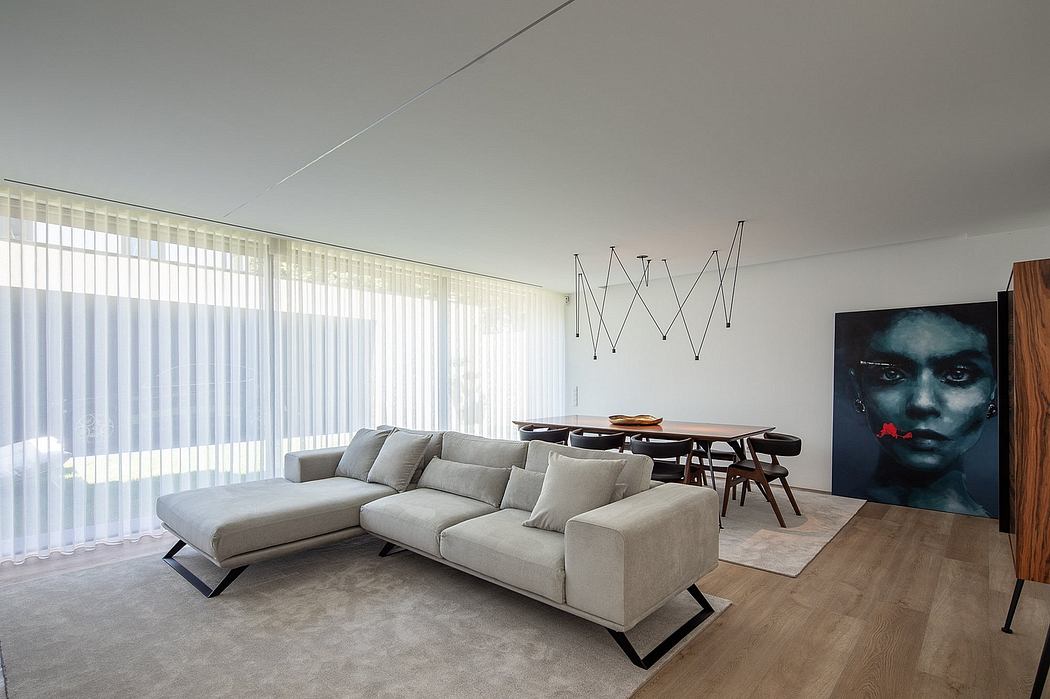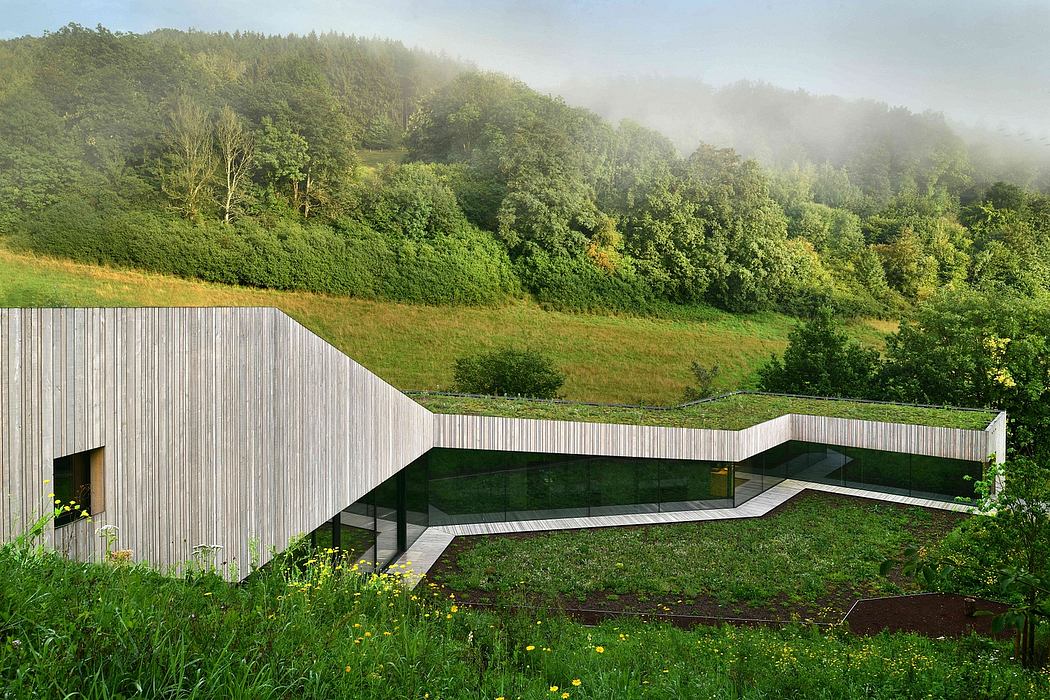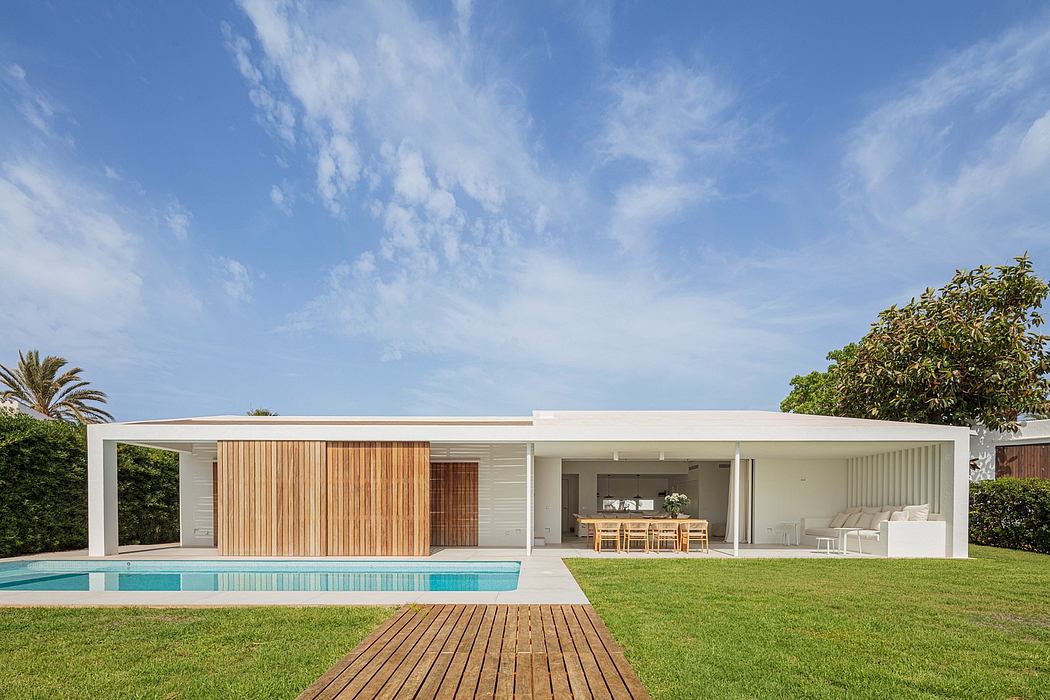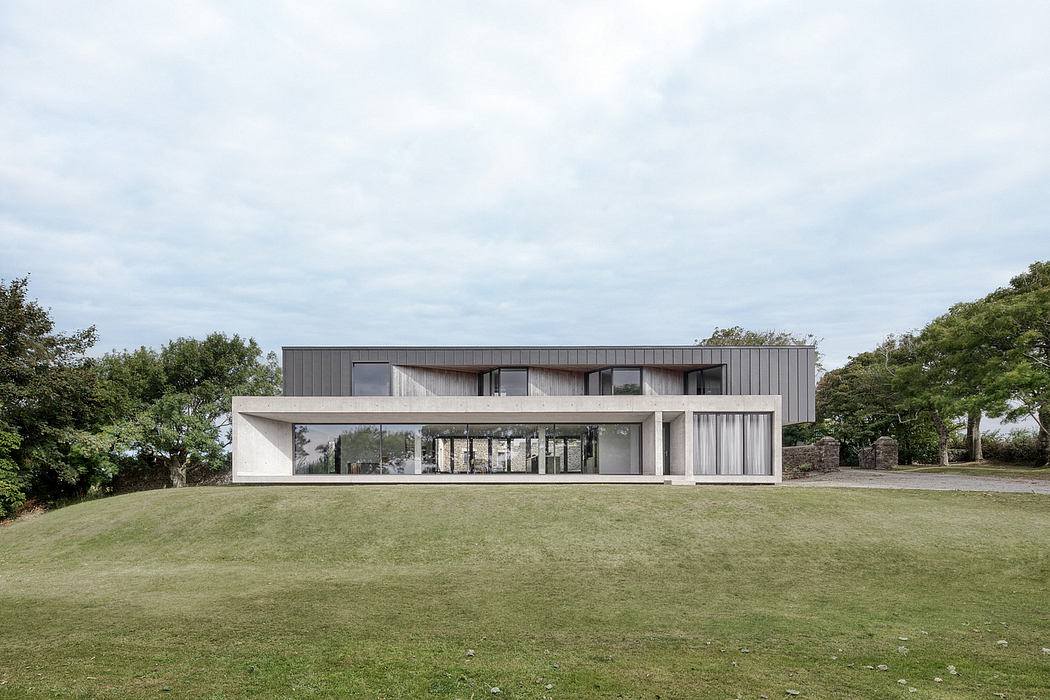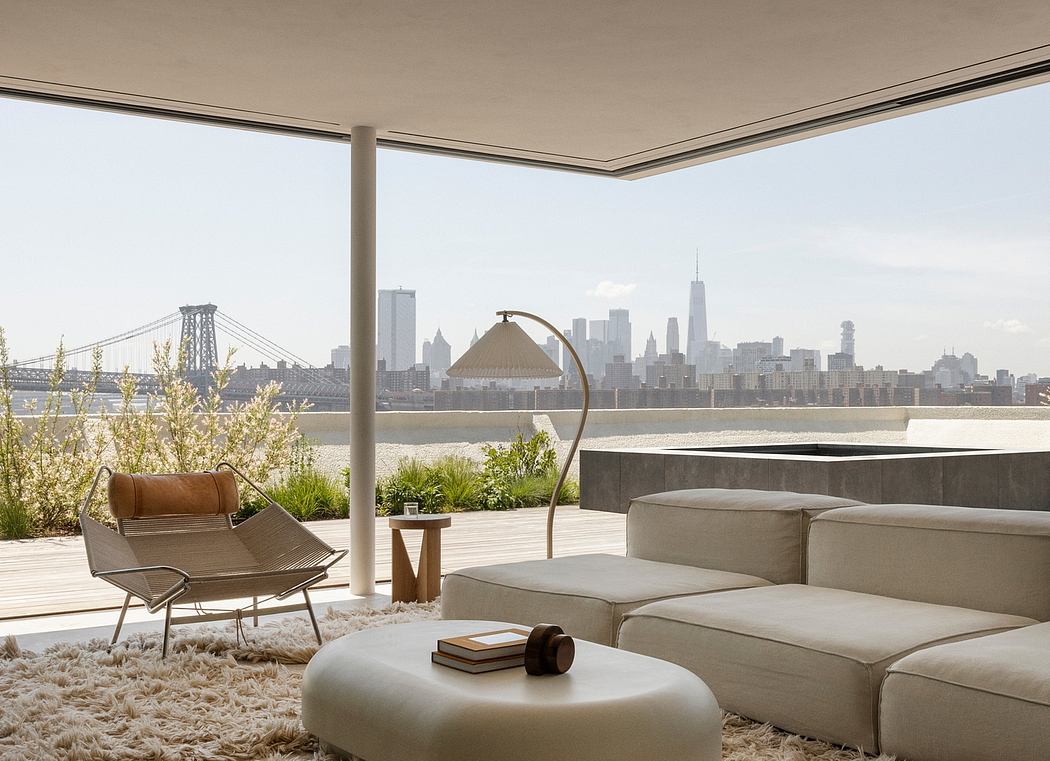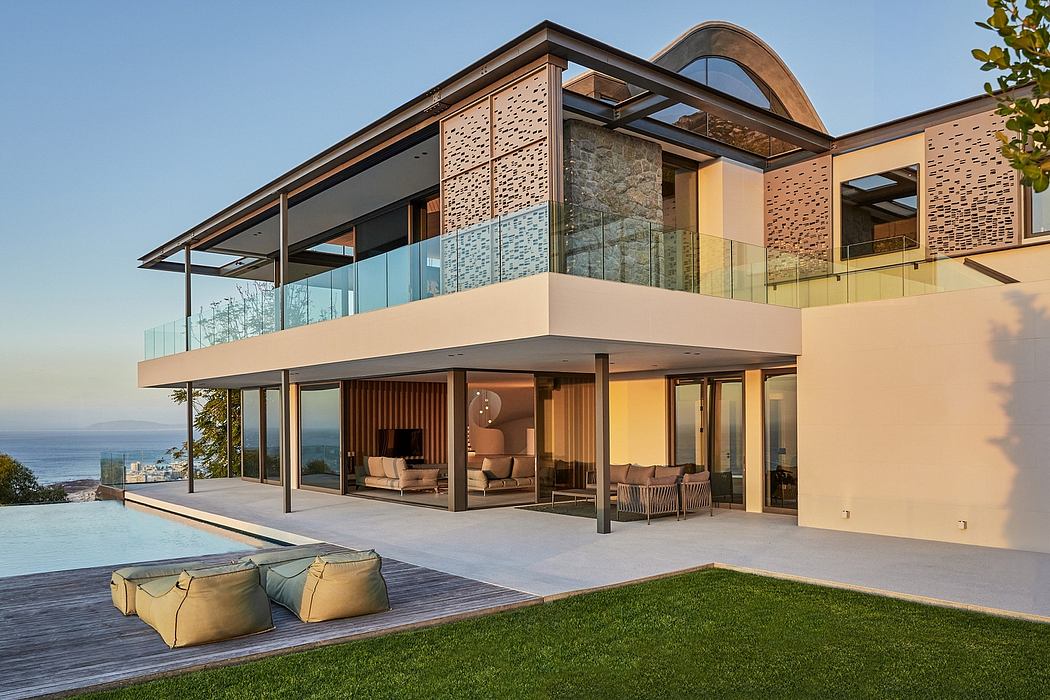The Upshot of Sidewalk Labs? Canceled Toronto Project

In May, Alphabet?s Sidewalk Labs announced that it would cancel its high-profile Quayside project because of ?unprecedented economic uncertainty.? The statement marked the end of a three-year initiative to create a living, urban ?testbed for emerging technologies, materials, and processes.?
A now-scrapped redevelopment vision for the Toronto lakefront was heavy on timber construction and concern-prompting tech solutions. (Courtesy Sidewalk Labs)
In May, Alphabet?s Sidewalk Labs announced that it would cancel its high-profile Quayside project because of ?unprecedented economic uncertainty.? The statement marked the end of a three-year initiative to create a living, urban ?testbed for emerging technologies, materials, and processes.?Reversing the traditional order of city planning, Sidewalk Labs imagined building a new urban district on Toronto?s waterfront from the internet up, with sensors and other data collection infrastructure embedded in the fabric of a large city block. The ambitious development?with an area of 2.65 million square feet, including 1.78 million square feet of residential space?was to be built entirely from mass timber; indeed, the extensive use of modular cross-laminated timber (CLT) and glue-laminated timber (glulam) was a chief selling point of the design (by Heatherwick Studio and Snøhetta, using a kit-of-parts developed by Michael Green Architecture). Read more »
...
A now-scrapped redevelopment vision for the Toronto lakefront was heavy on timber construction and concern-prompting tech solutions. (Courtesy Sidewalk Labs)
In May, Alphabet?s Sidewalk Labs announced that it would cancel its high-profile Quayside project because of ?unprecedented economic uncertainty.? The statement marked the end of a three-year initiative to create a living, urban ?testbed for emerging technologies, materials, and processes.?Reversing the traditional order of city planning, Sidewalk Labs imagined building a new urban district on Toronto?s waterfront from the internet up, with sensors and other data collection infrastructure embedded in the fabric of a large city block. The ambitious development?with an area of 2.65 million square feet, including 1.78 million square feet of residential space?was to be built entirely from mass timber; indeed, the extensive use of modular cross-laminated timber (CLT) and glue-laminated timber (glulam) was a chief selling point of the design (by Heatherwick Studio and Snøhetta, using a kit-of-parts developed by Michael Green Architecture). Read more »
...
| -------------------------------- |
|
|
Villa M by Pierattelli Architetture Modernizes 1950s Florence Estate
31-10-2024 03:55 - (
architecture )
Leça da Palmeira House by Raulino Silva
31-10-2024 03:55 - (
architecture )

